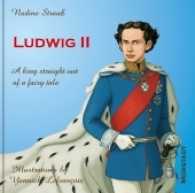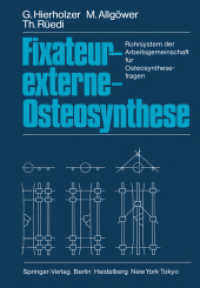Full Description
The Vietnam War (1964-1975) divided American society like no other war of the twentieth century, and some of the most memorable American art and art-related activism of the last fifty years protested U.S. involvement. At a time when Pop Art, Minimalism, and Conceptual Art dominated the American art world, individual artists and art collectives played a significant role in antiwar protest and inspired subsequent generations of artists. This significant story of engagement, which has never been covered in a book-length survey before, is the subject of Kill for Peace.
Writing for both general and academic audiences, Matthew Israel recounts the major moments in the Vietnam War and the antiwar movement and describes artists' individual and collective responses to them. He discusses major artists such as Leon Golub, Edward Kienholz, Martha Rosler, Peter Saul, Nancy Spero, and Robert Morris; artists' groups including the Art Workers' Coalition (AWC) and the Artists Protest Committee (APC); and iconic works of collective protest art such as AWC's Q. And Babies? A. And Babies and APC's The Artists Tower of Protest. Israel also formulates a typology of antiwar engagement, identifying and naming artists' approaches to protest. These approaches range from extra-aesthetic actions-advertisements, strikes, walk-outs, and petitions without a visual aspect-to advance memorials, which were war memorials purposefully created before the war's end that criticized both the war and the form and content of traditional war memorials.
Contents
Introduction
Chapter One: The Beginnings of the Vietnam War and the Antiwar Movement
Chapter Two: The Beginnings of Artistic Antiwar Engagement: Artists and Writers Protest and the Artists' Protest Committee
Chapter Three: Creating Antiwar Art
Chapter Four: Angry Arts
Chapter Five: 1968
Chapter Six: 1969: AWC, Dead Babies, Dead American Soldiers
Chapter Seven: The Invasion of Cambodia, the New York Art Strike, and Conceptual Art as Antiwar
Chapter Eight: Toward an End
Conclusion
Notes
Selected Bibliography
Index


![Tokyo Slowly2 〈No.01(July 2023〉 - 愉快な毎日のスマイルライフマガジン 東京の江戸の味特集 [テキスト]](../images/goods/ar2/web/imgdata2/49070/4907061498.jpg)





